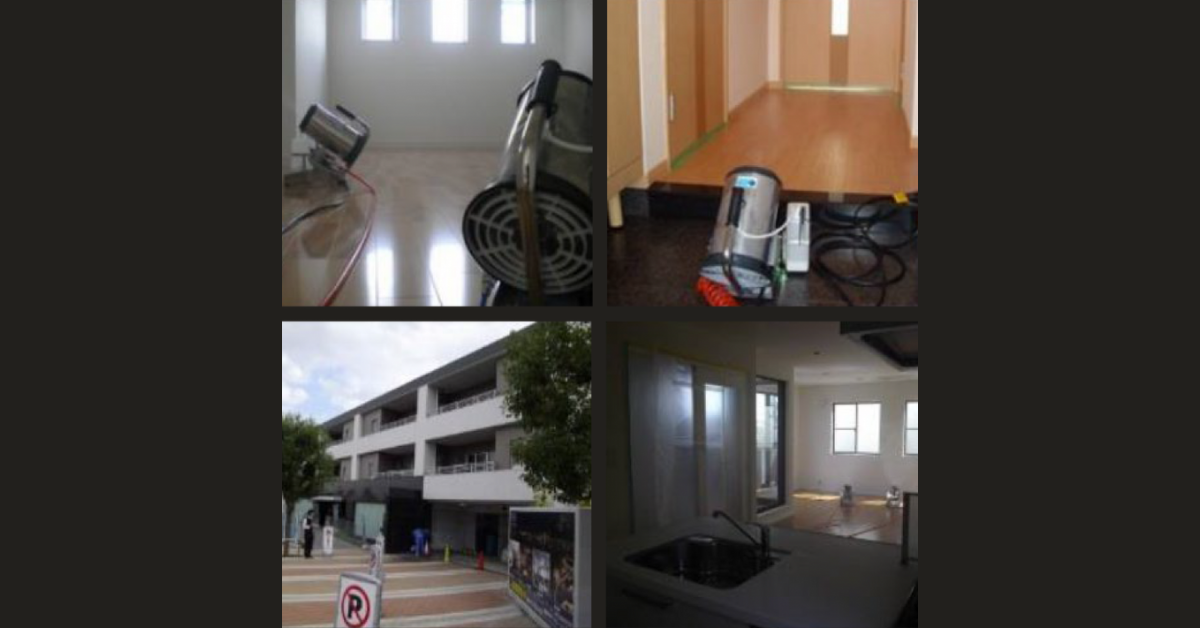Understanding and Removing Formaldehyde: A Guide to Safer Indoor Air Quality
Formaldehyde is a colorless gas with a strong, pungent odor that is commonly found in various household products and materials. It is an important chemical in the manufacturing of resins and is used in building materials, insulation, and household items such as furniture, carpets, and curtains. However, exposure to formaldehyde can pose health risks, leading to symptoms such as eye irritation, respiratory issues, and even long-term health effects. This article discusses the sources of Formaldehyde Removal, its health risks, and effective methods for its removal from indoor environments.
Sources of Formaldehyde
Formaldehyde is released into the air from a variety of sources, including:
- Building Materials: Particleboard, plywood, and other pressed wood products are significant sources of formaldehyde emissions, especially when newly installed.
- Household Products: Many cleaning agents, disinfectants, and personal care products contain formaldehyde or formaldehyde-releasing preservatives.
- Furniture and Carpets: Upholstered furniture and carpets treated with formaldehyde-based finishes can release the gas over time.
- Cigarette Smoke: Smoking indoors can contribute to elevated levels of formaldehyde.
- Gas Stoves: Burning natural gas can produce formaldehyde as a byproduct.
Health Risks Associated with Formaldehyde
Short-term exposure to formaldehyde can cause various symptoms, including:
- Eye, nose, and throat irritation
- Coughing and wheezing
- Skin irritation
Long-term exposure has been linked to more serious health issues, including:
- Increased risk of cancer, particularly nasopharyngeal cancer and leukemia
- Respiratory problems and asthma
- Allergic reactions
Methods for Removing Formaldehyde
To improve indoor air quality and reduce formaldehyde levels, consider the following methods:
1. Ventilation
- Increase Airflow: Open windows and doors to allow fresh air to circulate. Use exhaust fans in kitchens and bathrooms to help reduce concentrations of indoor pollutants.
- Use Air Purifiers: Invest in air purifiers equipped with HEPA filters or activated carbon filters that can effectively capture formaldehyde and other volatile organic compounds (VOCs).
2. Humidity Control
- Maintain Optimal Humidity Levels: Keep indoor humidity levels between 30% and 50% to minimize formaldehyde emissions. Use dehumidifiers in damp areas and ensure proper ventilation in bathrooms and kitchens.
3. Choosing Low-Formaldehyde Products
- Select Formaldehyde-Free Products: When purchasing furniture, building materials, or household products, look for items labeled as “low-emitting” or “formaldehyde-free.”
- Use Natural Alternatives: Consider using natural finishes and cleaning products, such as vinegar or baking soda, which are less likely to contain harmful chemicals.
4. Removal and Replacement
- Replace High-Emitting Materials: If possible, replace particleboard and plywood with solid wood or other low-emitting alternatives. Similarly, consider replacing carpets and upholstery that release formaldehyde with safer options.
- Seal Exposed Surfaces: Use sealants to cover exposed surfaces of pressed wood products, which can help reduce emissions.
Conclusion
Formaldehyde is a common indoor air pollutant that poses health risks, but there are effective ways to mitigate its presence in your home. By understanding its sources and taking proactive steps to reduce exposure, you can create a healthier indoor environment. Prioritizing proper ventilation, humidity control, and the use of low-emission products will go a long way in ensuring safer air quality for you and your family.







